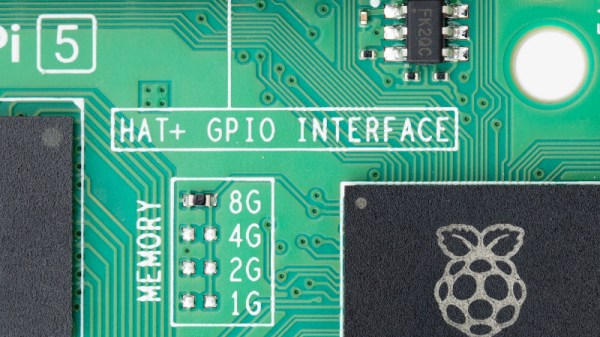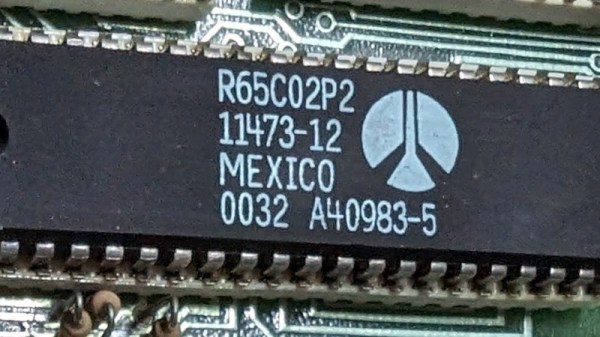A week ago we covered the story of a Polish train manufacturer who was caught using software to brick their products after they had been repaired by in independent railway workshop. Now 404 Media has a follow-up story with more information, including the news that the hackers responsible for the discovery are now being threatened by the manufacturer.
The more we learn about this story the more interesting it becomes, as the Newag trains in question began failing after service as far back as 2021. In desperation after services were affected by the number of non-functional units, an employee searched online for Polish hackers and found a group called Dragon Sector. The group was able to find the issue, and are now being threatened with legal action by the manufacturer, who are citing possible safety issues.
It’s clear from where we are standing that Newag have been caught red-handed in some extremely dubious practices, and seem to have little sense of how their actions might not be the best in terms of protecting their reputation. We are guessing that the European regulators will become very interested in this case, and that meanwhile the order books of a company which puts DRM in its trains will start to look very empty indeed. You can catch our original coverage as the story broke, here.
Thanks [JohnU] for the tip.

















